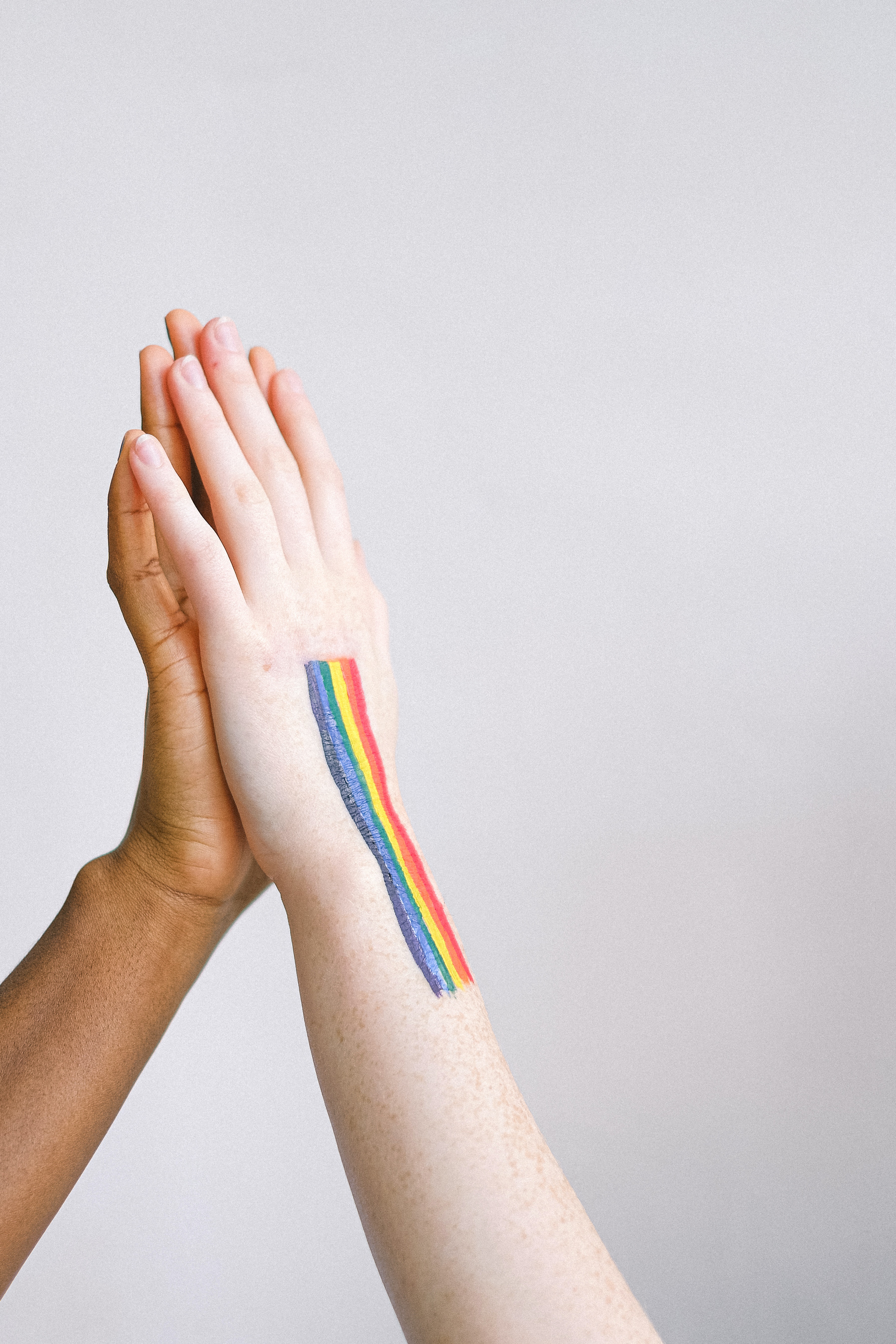…If you aren’t naming barriers.
If anything is true about this year, it is that the inequities of our systems have demanded our collective attention. This is not to say that individuals haven’t spent their lives working to dismantle these systems — but discussing equity and access wasn’t always a dinner table conversation in every home. And now, it is.
When writing strategic plans, schools and districts often start by reviewing the vision, or the “why” of the work. Nearly every vision I have read embraces success for all learners. The key word is “All.”
Let’s be honest. Our vision statements, that strive for success for all, are out of reach if we continue to design systems and instruction the way we have always designed them.
Our vision statements, that strive for success for all, are out of reach if we continue to design systems and instruction the way we have always designed them.
Our systems do not meet the needs of all learners because they, and often our curriculum, are not designed for all learners. They are designed for “average” learners — those students who arrive at school ready to learn academically, behaviorally, and socially emotionally. Those students who are compliant. Those who are privileged.
Universal Design for Learning (UDL) isn’t about erasing differences to make “one-size-fits-all” lessons and assessments. Instead, it’s about recognizing barriers, naming them, highlighting them, celebrating them, and designing for them. Doing this well requires learning more about culturally responsive teaching, culturally-sustaining pedagogies, trauma-informed instruction, and restorative justice. It also requires really hearing what our black and brown students and colleagues are saying. It requires their input in how our work is designed.
Our efforts and our intentions have always been to meet the needs of all learners, but we clearly haven’t done enough. I haven’t done enough. And as an expert learner, that shouldn’t scare me or any of us. There is so much work to do. My friend and colleague, Mirko Chardin, always cites the work of Beverly Daniel Tatum who reminds us that our work must be about impact, not intentions. So, where do we start if we want to have a greater impact?
In our last fireside chat, Mirko Chardin and Tesha Fritzgerald were asked how the UDL Guidelines could be improved. Their response? Name race as a barrier. If we are to design learning for the students we serve, all learners, we have to acknowledge that our learners who have been historically marginalized, especially our black and brown students, deserve so much more from our systems and from us.
I want to hear from you! Connect @katienovakudl



